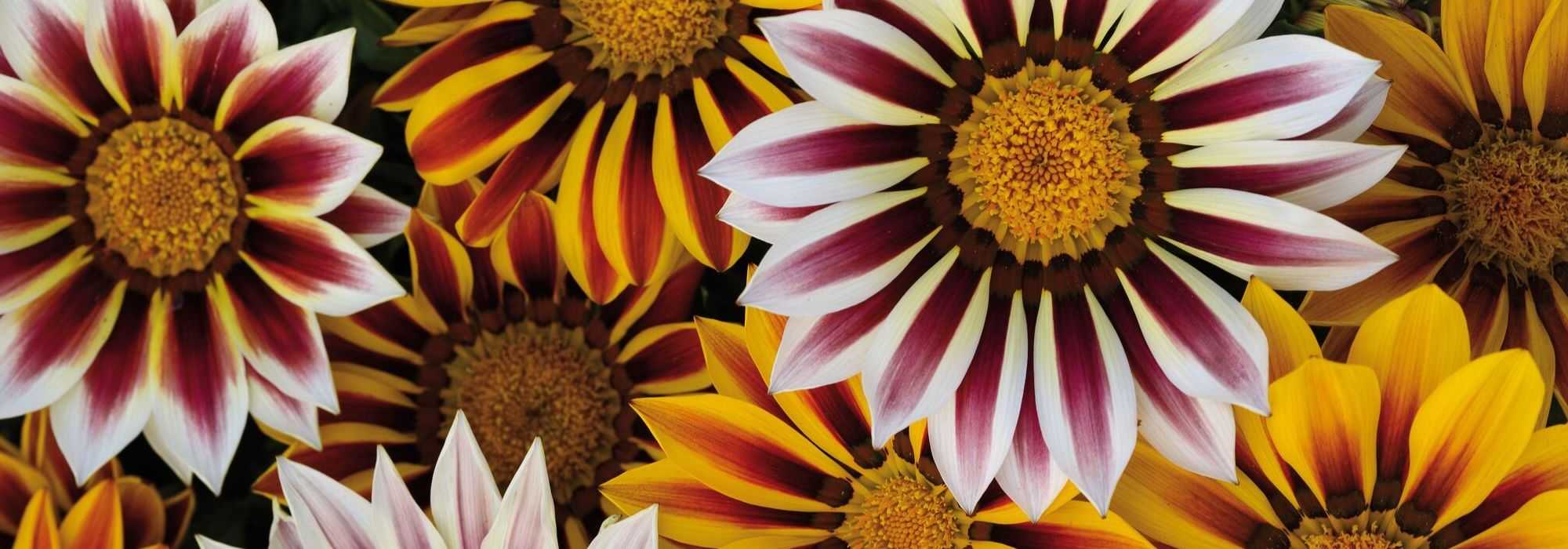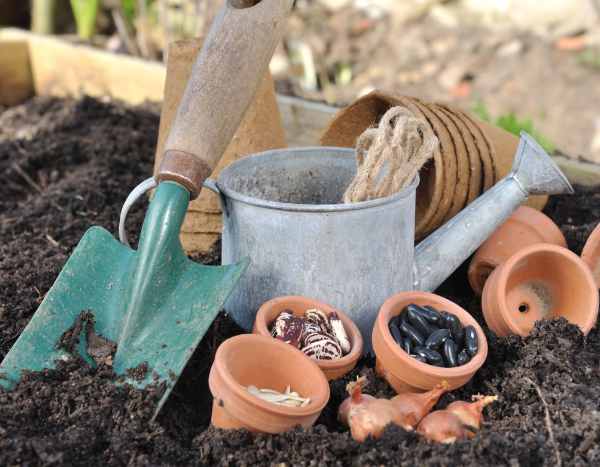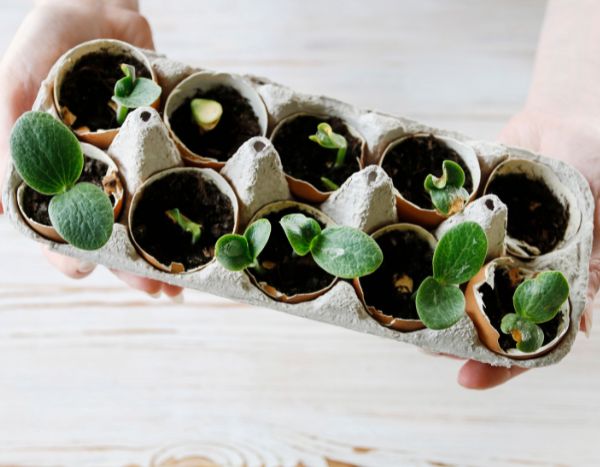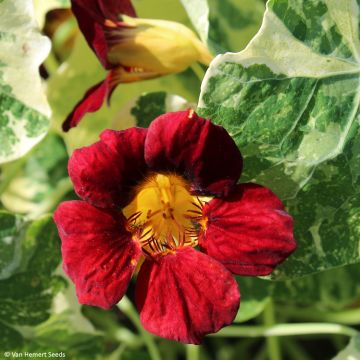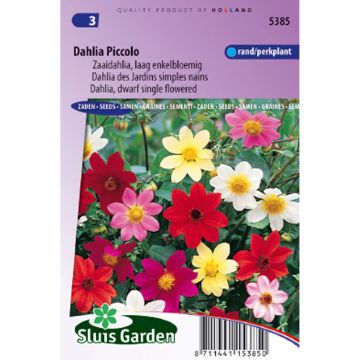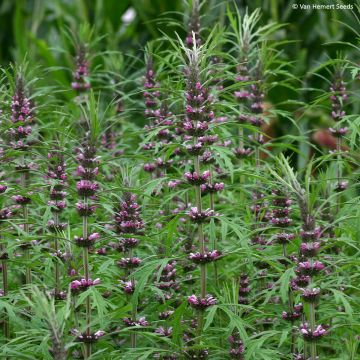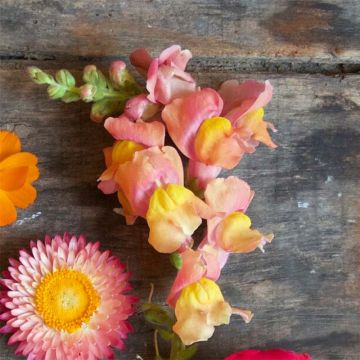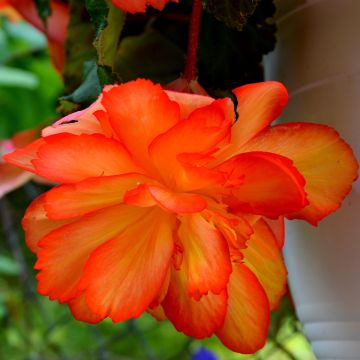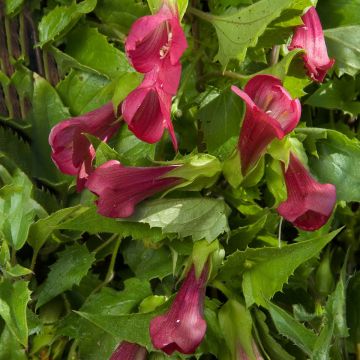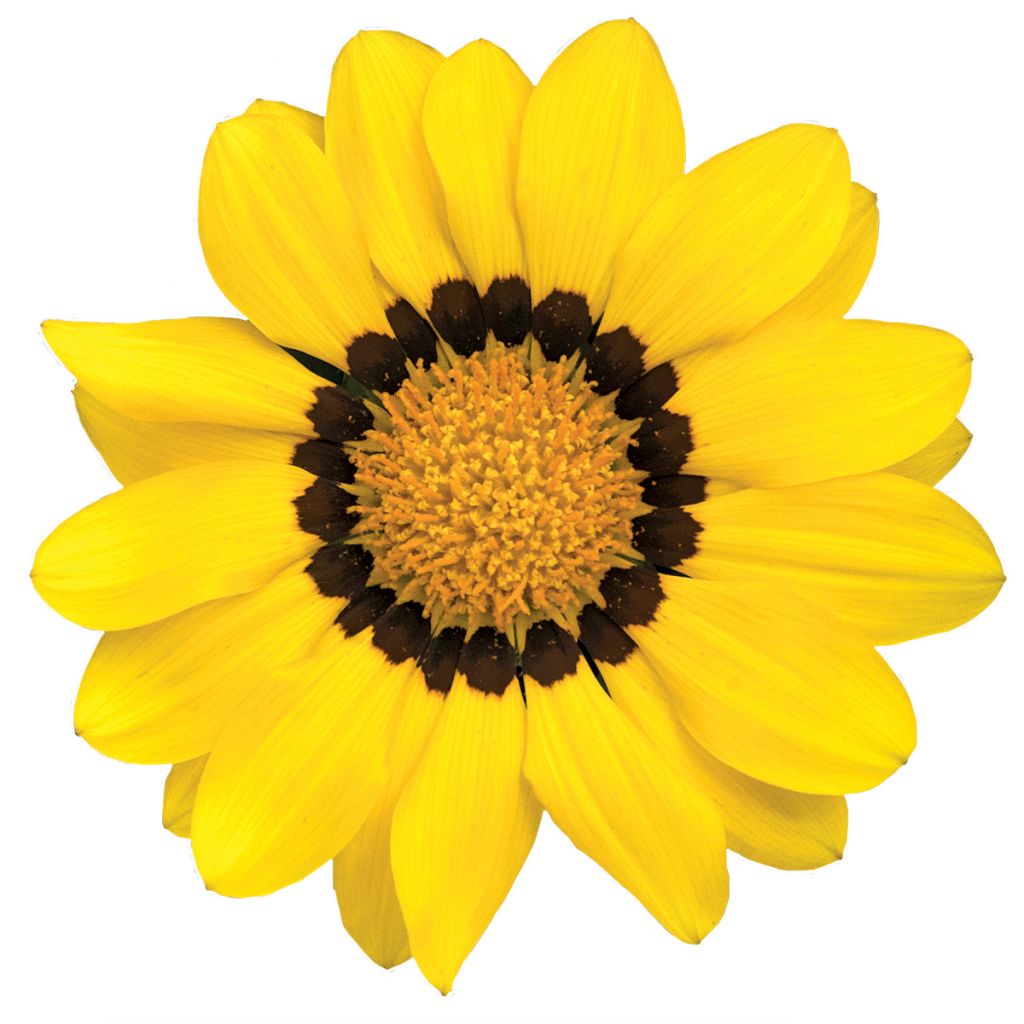

Gazania rigens Zany Yellow seeds - Treasure Flower
Gazania rigens Zany Yellow seeds - Treasure Flower
Gazania rigens Zany Yellow
Treasure Flower, African Daisy
Special offer!
Receive a €20 voucher for any order over €90 (excluding delivery costs, credit notes, and plastic-free options)!
1- Add your favorite plants to your cart.
2- Once you have reached €90, confirm your order (you can even choose the delivery date!).
3- As soon as your order is shipped, you will receive an email containing your voucher code, valid for 3 months (90 days).
Your voucher is unique and can only be used once, for any order with a minimum value of €20, excluding delivery costs.
Can be combined with other current offers, non-divisible and non-refundable.
Home or relay delivery (depending on size and destination)
Schedule delivery date,
and select date in basket
This plant carries a 6 months recovery warranty
More information
We guarantee the quality of our plants for a full growing cycle, and will replace at our expense any plant that fails to recover under normal climatic and planting conditions.
Would this plant suit my garden?
Set up your Plantfit profile →
Description
Gazania Zany F1 Yellow is a horticultural hybrid derived from this Mediterranean species, renowned for its spectacular flowering and very compact habit. This selection stands out with its superb, intense yellow inflorescences, enhanced by a chocolate brown ring near the heart, which stand out magnificently against dense, dark green and glossy foliage. With rapid growth, young plants from seed sown under heated shelter at the end of winter can begin their flowering as early as May and maintain it without interruption until autumn. A small plant (approximately 20 cm in height), it quickly forms a spreading cushion that adapts equally well to low borders, rockeries or cultivation in planters. Perfectly suited to very sunny exposures, it tolerates periods of drought and heat without difficulty, making it an excellent option for Mediterranean gardens or south-facing balconies. Outside the mildest areas, it should be grown as an annual, but its decorative impact remains exceptional throughout the beautiful season.
Native to South Africa, Gazania rigens belongs to the vast Asteraceae family, which includes both ornamental species, such as Centaurea or Santolina, as well as food or aromatic plants (cardoons, salsify, Chamomile…). Among the 18 botanical species of the genus, G. rigens is the most commonly cultivated. It is also known by several synonyms such as G. splendens, Gorteria rigens or Othonna rigens. Like many plants from this region of the globe, it has evolved to resist drought and only opens its flowers in full light.
The Zany F1 series is the result of a breeding programme aimed at maximising floriferousness, growth regularity and compactness. The Zany F1 Yellow variety stands out with its regular 7 cm diameter heads, composed of vivid yellow peripheral ligulate flowers, marked at the base by a darker zone forming a sort of circle around the central disc. This disc is composed of very tight, small tubular flowers, characteristic of Asteraceae, formerly called "Composites" due to their complex floral structure.
Spring sowings, carried out with pelleted seeds (easier to handle and germinate), allow for robust, well-branched clumps that quickly cover the space. To prolong and intensify flowering, it is advisable to remove faded flowers and feed regularly during the season with a potassium-rich fertiliser.
Whether in planters, window boxes or in open ground, this variety harmonises beautifully with other summer-flowering annuals, such as Impatiens, Bidens or Lobelias, to create dazzling floral displays. In southern gardens, near the coast spared by heavy frosts, it pairs ideally with similar perennials like Osteospermum, another floriferous beauty also native to South Africa. Aptenia cordifolia, a crassulescent ground cover with carmine pink flowers, will also be a good companion, and to add height to your display, choose reliable Echium candicans, or Pride of Madeira, with its magnificent blue spikes. Well adapted to coastal conditions, your Gazania will also thrive in sandy, well-drained soils, tolerating sea spray, wind and heat without difficulty.
Flowering
Foliage
Plant habit
Botanical data
Gazania
rigens
Zany Yellow
Asteraceae
Treasure Flower, African Daisy
Gazania splendens, Gorteria rigens, Othonna rigens
Cultivar or hybrid
Planting and care
Sow the seeds of Gazania Zany F1 Yellow, after soaking for a few hours, under glass or indoors, from February to April. Bury them under a 3 mm mixture of compost and sand. Keep them in a warm place, ideally at a temperature between 18 and 25°C. Keep the compost slightly moist without excess. You will need to wait 14 to 30 days to see the young seedlings appear. When they are large enough to handle, transplant them into pots where you can acclimatise them for about ten days. After which, you can plant them out in the open ground when the last frosts are no longer a concern. Take care to space each young plant 20 to 30 cm apart.
Growing: in full sun, in ordinary but well-drained soil, possibly lightened with gravel, sand and compost. Gazanias don't like stagnant moisture, so avoid leaving saucers filled with water under the pots. A special flowering plant fertiliser will be appreciated every 4 to 6 weeks to support flowering. The plant is perennial in mild Mediterranean conditions, particularly on the coast. Choose a permanent location when planting, and it will form increasingly wide clumps over the years.
Sowing period
Intended location
Planting & care advice
This item has not been reviewed yet - be the first to leave a review about it.
Similar products
Haven't found what you were looking for?
Hardiness is the lowest winter temperature a plant can endure without suffering serious damage or even dying. However, hardiness is affected by location (a sheltered area, such as a patio), protection (winter cover) and soil type (hardiness is improved by well-drained soil).

Photo Sharing Terms & Conditions
In order to encourage gardeners to interact and share their experiences, Promesse de fleurs offers various media enabling content to be uploaded onto its Site - in particular via the ‘Photo sharing’ module.
The User agrees to refrain from:
- Posting any content that is illegal, prejudicial, insulting, racist, inciteful to hatred, revisionist, contrary to public decency, that infringes on privacy or on the privacy rights of third parties, in particular the publicity rights of persons and goods, intellectual property rights, or the right to privacy.
- Submitting content on behalf of a third party;
- Impersonate the identity of a third party and/or publish any personal information about a third party;
In general, the User undertakes to refrain from any unethical behaviour.
All Content (in particular text, comments, files, images, photos, videos, creative works, etc.), which may be subject to property or intellectual property rights, image or other private rights, shall remain the property of the User, subject to the limited rights granted by the terms of the licence granted by Promesse de fleurs as stated below. Users are at liberty to publish or not to publish such Content on the Site, notably via the ‘Photo Sharing’ facility, and accept that this Content shall be made public and freely accessible, notably on the Internet.
Users further acknowledge, undertake to have ,and guarantee that they hold all necessary rights and permissions to publish such material on the Site, in particular with regard to the legislation in force pertaining to any privacy, property, intellectual property, image, or contractual rights, or rights of any other nature. By publishing such Content on the Site, Users acknowledge accepting full liability as publishers of the Content within the meaning of the law, and grant Promesse de fleurs, free of charge, an inclusive, worldwide licence for the said Content for the entire duration of its publication, including all reproduction, representation, up/downloading, displaying, performing, transmission, and storage rights.
Users also grant permission for their name to be linked to the Content and accept that this link may not always be made available.
By engaging in posting material, Users consent to their Content becoming automatically accessible on the Internet, in particular on other sites and/or blogs and/or web pages of the Promesse de fleurs site, including in particular social pages and the Promesse de fleurs catalogue.
Users may secure the removal of entrusted content free of charge by issuing a simple request via our contact form.
The flowering period indicated on our website applies to countries and regions located in USDA zone 8 (France, the United Kingdom, Ireland, the Netherlands, etc.)
It will vary according to where you live:
- In zones 9 to 10 (Italy, Spain, Greece, etc.), flowering will occur about 2 to 4 weeks earlier.
- In zones 6 to 7 (Germany, Poland, Slovenia, and lower mountainous regions), flowering will be delayed by 2 to 3 weeks.
- In zone 5 (Central Europe, Scandinavia), blooming will be delayed by 3 to 5 weeks.
In temperate climates, pruning of spring-flowering shrubs (forsythia, spireas, etc.) should be done just after flowering.
Pruning of summer-flowering shrubs (Indian Lilac, Perovskia, etc.) can be done in winter or spring.
In cold regions as well as with frost-sensitive plants, avoid pruning too early when severe frosts may still occur.
The planting period indicated on our website applies to countries and regions located in USDA zone 8 (France, United Kingdom, Ireland, Netherlands).
It will vary according to where you live:
- In Mediterranean zones (Marseille, Madrid, Milan, etc.), autumn and winter are the best planting periods.
- In continental zones (Strasbourg, Munich, Vienna, etc.), delay planting by 2 to 3 weeks in spring and bring it forward by 2 to 4 weeks in autumn.
- In mountainous regions (the Alps, Pyrenees, Carpathians, etc.), it is best to plant in late spring (May-June) or late summer (August-September).
The harvesting period indicated on our website applies to countries and regions in USDA zone 8 (France, England, Ireland, the Netherlands).
In colder areas (Scandinavia, Poland, Austria...) fruit and vegetable harvests are likely to be delayed by 3-4 weeks.
In warmer areas (Italy, Spain, Greece, etc.), harvesting will probably take place earlier, depending on weather conditions.
The sowing periods indicated on our website apply to countries and regions within USDA Zone 8 (France, UK, Ireland, Netherlands).
In colder areas (Scandinavia, Poland, Austria...), delay any outdoor sowing by 3-4 weeks, or sow under glass.
In warmer climes (Italy, Spain, Greece, etc.), bring outdoor sowing forward by a few weeks.






























